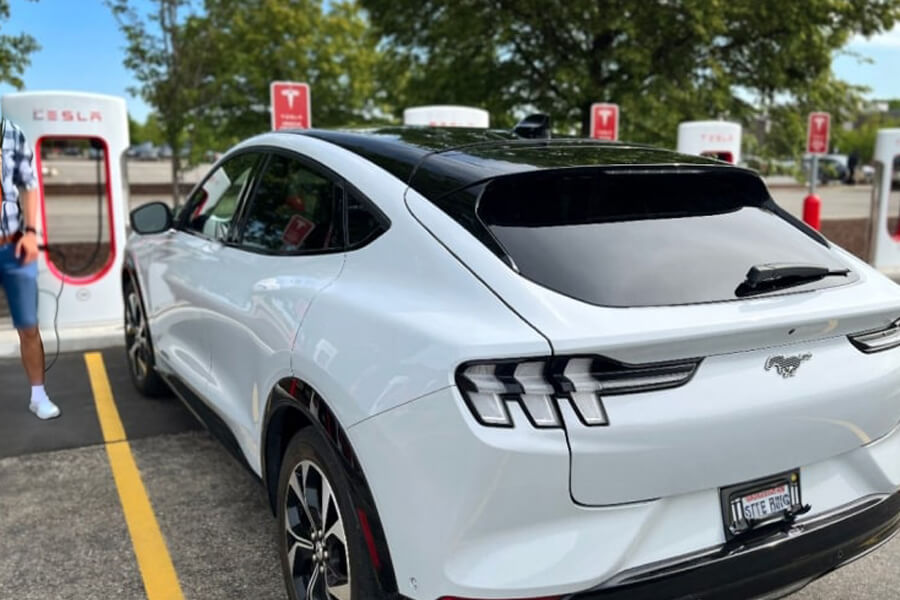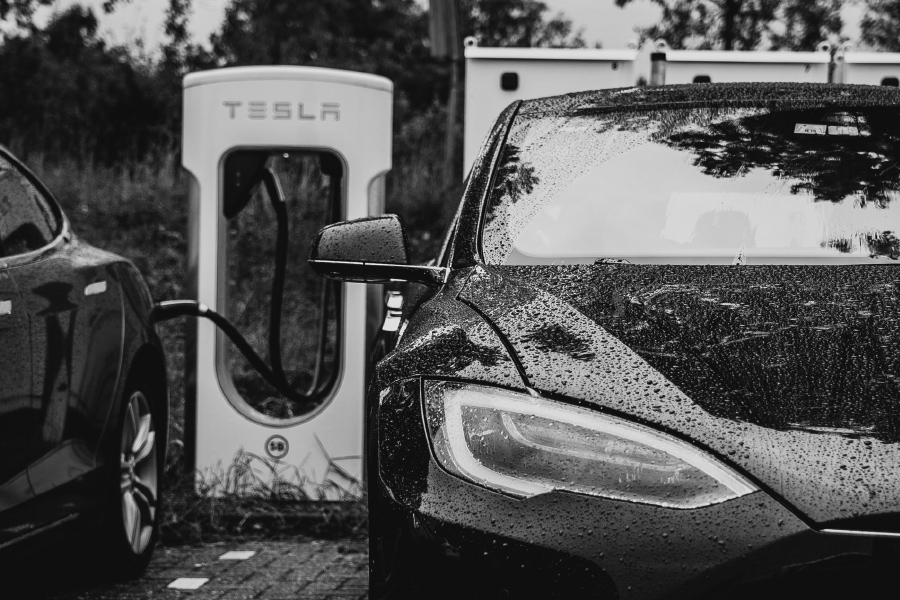
The 3 Types of EV Charging
Electric Vehicle (EV) charging stations can be found at almost every shopping center, public parking lot and highway turnout in California. It’s clear that the future is EV, so here is a quick and easy reference of the 3 different types of EV charging levels in North America.
Level 1: 120 Volts
Level 1 charging is sometimes referred to as “Residential Charging.” This is because Level 1 charging requires nothing more than having an outlet in your garage!
That’s right – with Level 1 charging, your EV only needs to be plugged into a standard 110 Volt or 120 Volt AC outlet. You will only need an install for a Level 1 charging station if you don’t already have an outlet in your garage. Otherwise, Level 1 charging is installation-free! This type of charging appeals to homeowners who, of course, have AC outlets in their garage. Because of this, Level 1 is also very cost-effective.
One thing to note about Level 1 charging – the charge time is the slowest of the 3 Levels, and can take up to 20 hours to reach a full charge.
Level 2: 240 Volts
While Level 1 charging is cost-effective and convenient, many people find that the charge time is just too long. For this reason, they will go with the Level 2 charger installation. The charge time for Level 2 is only 3-4 hours instead of up to 20.
Whereas Level 1 charging did not require any installation, Level 2 charging requires an install of a 240 Volt electrical charging station. It is important that a trusted electrician is hired for the job who has experience with EV charging installations.
>>> See our Specialty Electric Services
Level 2 stations can also be found at public parking lots and office buildings. They are the most prevalent type of chargers that you will find in the US. Employers and commercial builders have Level 2 chargers installed so that people can charge their EV for long periods of time while at work or shopping.
Level 3 (DC Fast Charging): 480 Volts
Level 1 and Level 2 are both AC charging, while Level 3 is DC Charging; it connects directly to the battery of the vehicle. Because of this, you can have a full charge in the amount of time it would take for you to fill your car up with gas!
Because Level 3 charging is so fast, it is mostly used for industrial and commercial purposes. Level 3 charging stations can mainly be found at airports and adjacent to interstate highways.
Fun fact: Tesla is currently working on a campaign to build a network of Level 3 charging stations!
It’s important to note that Level 3 charging is not suitable for all vehicles. One should always check that the connector is compatible with the EV before using the charging station.
EV Charging Guide
So to wrap it all up, here is a quick and convenient guide for the 3 different charging levels:
| Charger Level | Level 1 | Level 2 | Level 3 |
| Cost | $ | $$ | $$$ |
| Speed | Slow | Medium | Fast |
| Primary Location | Residential | Residential, Commercial | Commercial |


